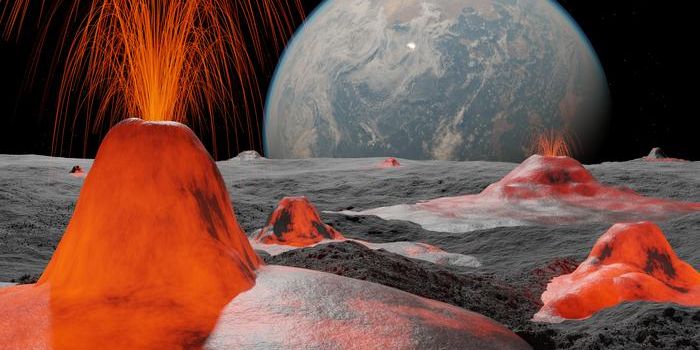Air pollution in the era of COVID-19: it's not as simple as you think
While most of the world has been holding its breath during the last several months in response to the global pandemic, the planet itself has taken a deep breath - and the air is different. While you might not be surprised that mair air pollutants from air and road travel have decreased, did you know that ground-level ozone is actually on the rise? That’s according to two new studies published in AGU's journal Geophysical Research Letters.
The good news: the studies report that nitrogen dioxide pollution over northern China, Western Europe and the U.S. decreased by up to 60% in the beginning of 2020, compared to the same months last year. One of the studies also reports that particulate matter pollution (particles smaller than 2.5 microns) has decreased by 35 percent in northern China. Watch the video below to learn more about particulate matter (PM).
While scientists predict that these improvements in air quality will be temporary, they say that there is still much to learn from the situation. "Maybe this unintended experiment could be used to better understand the emission regulations," said co-author Jenny Stavrakou, an atmospheric scientist at the Royal Belgian Institute for Space Aeronomy in Brussels . "It is some positive news among a very tragic situation."
Unfortunately, as one of the studies explain, this fall in nitrogen dioxide pollution has triggered a rise in surface ozone levels in China. Surface ozone is a direct result of chemical interactions occurring with enhanced sunlight; such reactions are usually maintained by the presence of nitrogen oxides, which destroy ozone, however, with the reduction of nitrogen dioxide pollution, surface ozone is increasing. Ozone is damaging to human health ground-level, causing pulmonary and heart disease.
Lead author Guy Brasseur is an atmospheric scientist at the Max Planck Institute for Meteorology in Hamburg, Germany. He comments on the interconnectedness of the dilemma: "It means that by just reducing the [nitrogen dioxide] and the particles, you won't solve the ozone problem.”
Sources: Geophysical Research Letters, Science Daily








